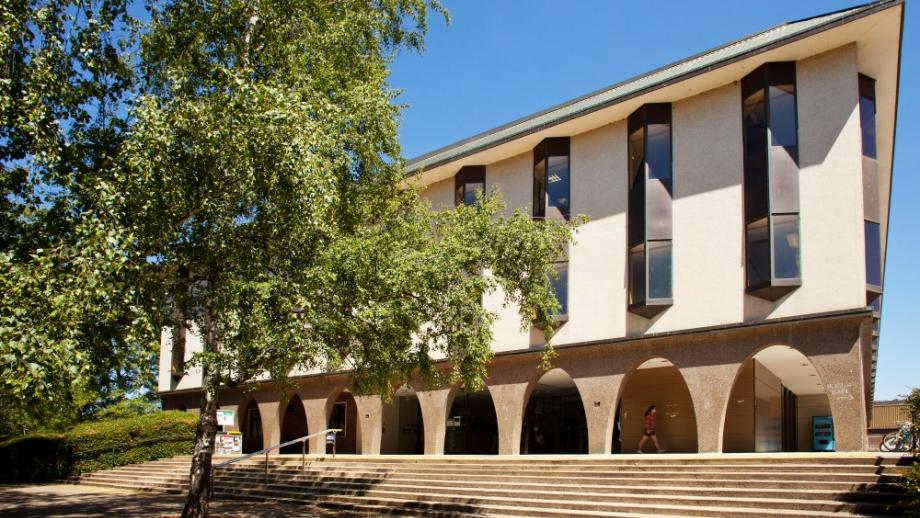The University announced its strategic plan for the next five years in February, with a strong focus on change: from built campus environment, admissions processes, equity initiatives, and to the structure of teaching and research.
The plan is clear from the outset. ‘The University’s excellence, of which we are rightly proud, must not disguise the imperative for change,’ it reads.
But how has this change progressed in 2017, and what can students and staff expect in the coming year?
The strategic plan emphasises that any change must be shaped by ‘evidence of learning and satisfaction’, with one of its key performance indicators being improvement in the overall satisfaction of ANU students.
However, the federal government’s Quality Indicators for Learning and Teaching report, released in March, revealed that the university is struggling with student satisfaction.
Student ratings of teaching practices trailed both the national average and the University of Canberra’s score, with only 60 per cent of ANU undergraduates reporting a positive learning experience.
The university also dropped one place in the Times Higher Education rankings, while climbing to 20th in the world, and first in Australia, in the QS rankings. The university has also dropped to 97th in the Academic Ranking of World Universities rankings.
But the deputy vice-chancellor (academic), Professor Marnie Hughes-Warrington, emphasised that ‘reinvigorating our teaching and learning spaces’ would ‘ensure we are at the forefront of educational experience and technologies.’
The Union Court redevelopment, which began mid-year, marks the start of this ‘reinvigoration’. The new, as yet unnamed, space is set to open in January 2019.
As well as housing retail and entertainment venues, a swimming pool and new teaching spaces, Fenner Hall will be moving to the redeveloped Union Court, despite protest from residents.
This planned move is not the only controversy that residential changes have attracted this year. The demolition of the 56-year- old, former Bruce Hall went ahead, despite campaigning and a court challenge launched by Bruce Hall alumni.
Bruce Hall residents are currently living in the new student accommodation, SA5, until the new Bruce Hall opens in 2019.
The strategic plan commits to providing all students who want to live on campus the opportunity to do so. Meeting this demand by 2021 means that more and larger residences are on the way.
But the redevelopment will bring challenges beyond residential halls. With the demolition of the Manning Clark building, large classes have needed to be innovative in managing lecture space.
This is not set to change, as the new Union Court will not feature any teaching-only spaces with the seating capacity of Manning Clark’s lecture theatres.
As part of its commitment to creating an ‘innovative’ academic culture, the university will also expand its engineering and computer science capacity. Dean of the ANU College of Engineering and Computer Science, Professor Elanor Huntington, and former Intel vice president,
Professor Genevieve Bell, will lead the process. The University will shortly announce the first of a number of ‘ANU Innovation Institutes’, a key initiative in the strategic plan.
Professor Huntington said that these two initiatives will ‘develop people who find and solve problems that transform the way that science and technology are integrated with communities and society in the 21st Century.’
Another major aspect of the strategic plan is its commitment to improving equity in teaching, academic and professional spheres.
As such, discussions around the new admissions process have had a strong focus on ameliorating educational disadvantage.
And in an environment where funding is increasingly precarious, we can expect the university to continue trying to remind the government of its importance, improve efficiency and find new research funding methods.
We acknowledge the Ngunnawal and Ngambri people, who are the Traditional Custodians of the land on which Woroni, Woroni Radio and Woroni TV are created, edited, published, printed and distributed. We pay our respects to Elders past and present. We acknowledge that the name Woroni was taken from the Wadi Wadi Nation without permission, and we are striving to do better for future reconciliation.
